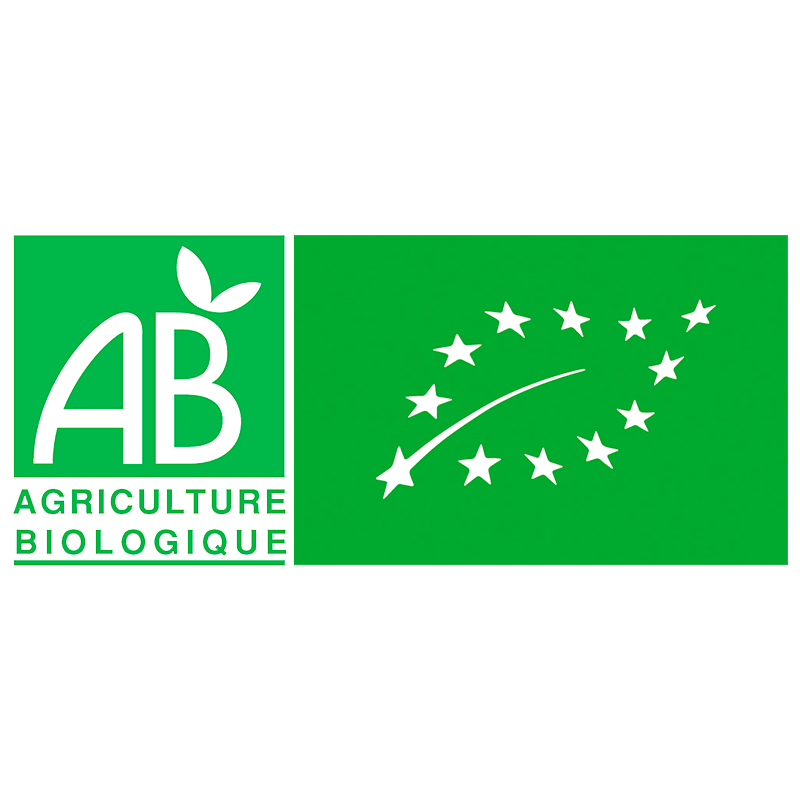The vineyard is located in Southern Médoc, between Château Cantemerle and Giscours, two "Grands Crus Classés". Organic certified since 2013, environmental protection and harmony have always been a priority for the Faure family. They believe that a rich and well-balanced wine with a personal identity comes first and foremost from it's terroir. A beautiful expression of terroir that defines this fabulous wine. A little gem!
Presentation
Presentation
Mille Roses was born in 1999, the year of owner David Faure’s 30th birthday. The Margaux made by the property had its first vintage in 2007 as the finest parcel of his vines was reclassified into the appellation. A wonderful wine that will continue to age well over 15 years, takes its heritage from its wonderful large gravel soils. The name Mille Roses was chosen by David Faure in reference to the rose bushes that his late mother planted in her vineyards that David now continues in her memory.
Winemaking
Manual harvest and sorting in the vineyard. Fermentation in stainless steel tanks for 3 to 5 weeks. Malolactic fermentation in barrels for better wood blend. Aging for 12 months in barrels (25% new). Vintage produced at 30,000 bottles.
Varietals
Cabernet sauvignon : 60%
Merlot : 40%
Merlot : 40%
Specifications
Alcohol content : 13 % vol.
GM : No.
Contains sulphites. Does not contain egg or egg products. Does not contain milk or milk-based products.
GM : No.
Contains sulphites. Does not contain egg or egg products. Does not contain milk or milk-based products.

Advice
Serving
17°C / 63°F
Ageing potential
10 to 15 years
Tasting
An intensely bright deep violet hue. Aromas of black fruit and spice leap from the glass. Accompanied by toasted bread and herbes de Provence this wine will be very food friendly. The wine has impressive body and weight, and after the supple attack the wine reveals itself to be very ripe and fleshy. We can already see the tannins are soft and velvety and will continue to integrate. On the palate we find notes of black fruit, spice, and a vanilla patisserie finish.
Food pairings
This wine will go very well with a slice of pan-fried foie gras, the tannins, which give structure to the wine, break the fatty side of the recipe. Then, a piece of grilled red meat: duck breast, rib steak or beef tenderloin that goes particularly well with a glass of Haut-Médoc. Strong cheeses: reblochon, abundance, cabralès.
